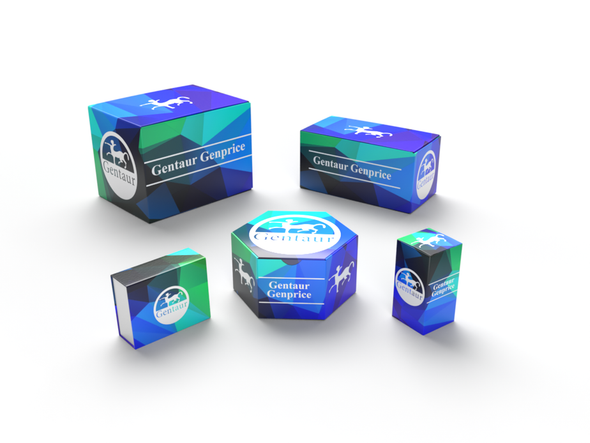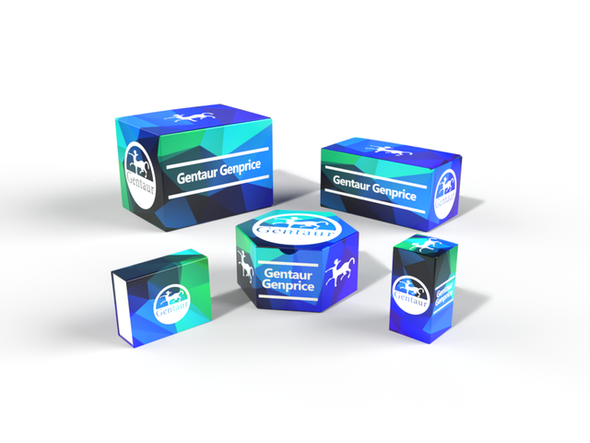Description
CXCR-3 polyclonal Antibody | BS6993 | Gentaur UK, US & Europe Distribution
Host: Rabbit
Reactivity: Human,Mouse
Application: WB IHC
Application Range: WB 1:500 - 1:2000 IHC 1:50 - 1:100
Background: The CXC or a chemokine family is characterized by a pair of cysteine residues separated by a single amino acid and primarily functions as chemo-attractants for neutrophils. The CXC family includes IL-8, NAP-2, MSGA and stromal cell derived factor-1 or SDF-1. SDF-1 was originally described as a pre-B cell stimulatory factor, but has now been shown to function as a potent chemoattractant for T cells and monocytes but not neutrophils. Receptors for the CXC family are G protein-coupled, seven pass transmembrane domain proteins which include IL-8RA, IL-8RB, CXCR-3 and fusin (variously referred to as LESTR or CXCR-4) . CXCR-3, also known as IP-10/Mig receptor, mediates Ca++ mobilization and chemotaxis in response to the CXC chemo-kines IP-10 and Mig. CXCR-3 is highly expressed in IL-2-activated T lymphocytes, but not in resting T lymphocytes, B lymphocytes, monocytes or granulocytes.
Storage & Stability: Store at 4°C short term. Aliquot and store at -20°C long term. Avoid freeze-thaw cycles.
Specificity: CXCR-3 polyclonal Antibody detects endogenous levels of CXCR-3 protein.
Molecular Weight: ~ 40 kDa
Note: For research use only, not for use in diagnostic procedure.
Alternative Names: C-X-C chemokine receptor type 3; CXC-R3; CXCR-3; CKR-L2; G protein-coupled receptor 9; Interferon-inducible protein 10 receptor; IP-10 receptor; CD183; GPR9; CXCR3
Immunogen: Recombinant full length Human CXCR-3.
Conjugate: Unconjugated
Modification: Unmodification
Purification & Purity: The Antibody was affinity-purified from rabbit antiserum by affinity-chromatography using epitope-specific immunogen and the purity is > 95% (by SDS-PAGE) .
Pathway:










